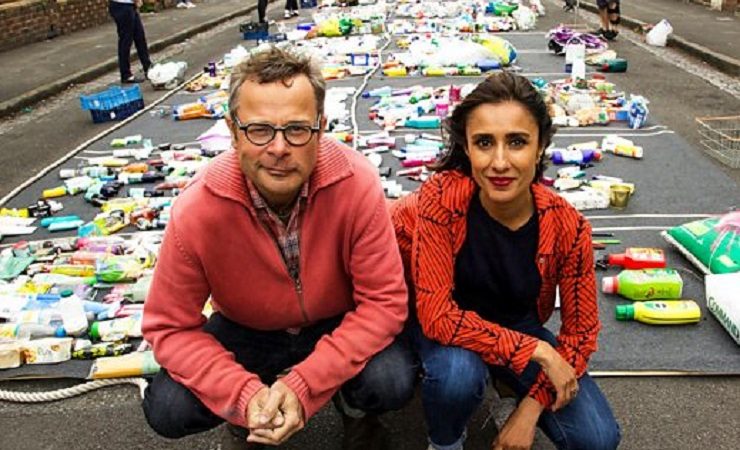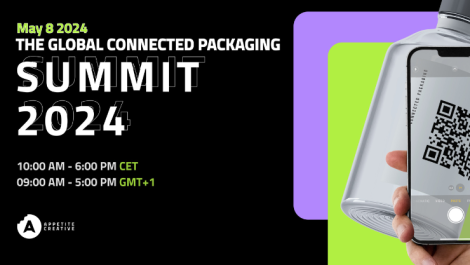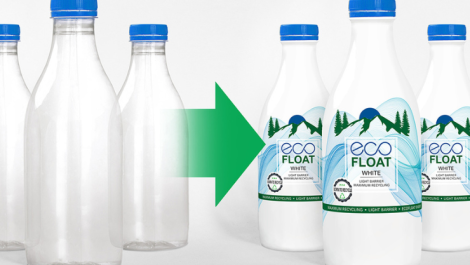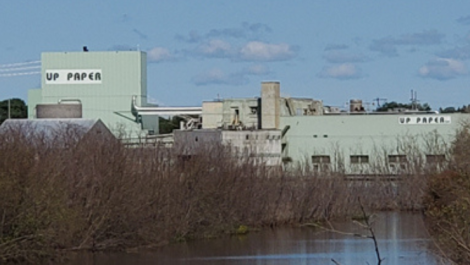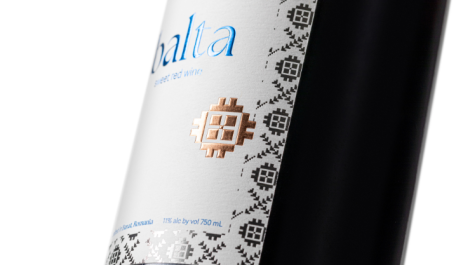The British Plastics Federation (BPF) has defended the use of plastic after BBC One’s programme, War On Plastic: The fight goes on, portrayal of the material.
A statement released by the federation said, ‘Leaving the environment in a better state for future generations is extremely important and programmes like War on Plastic are rightly encouraging people to think about how everyday decisions can make a difference. However, calling a programme ‘War on Plastic’ does not suggest a balanced evaluation of a complex situation and seems to suggest that the material should be condemned in all applications. In fact, plastic is an enabling technology that is vital to almost every major industry. As we have stated before: the enemy is not plastic, the enemy is plastic waste.
‘The unnecessary use of any material is wasteful and all materials have an environmental impact. The programme did not explain why plastic was used in the first place within a number of packaging applications. The raw materials for glass and metals need to be mined and trees need to be grown to produce paper bags and paperboard. All this requires land, energy and water. Plastic is resource efficient, meaning packaging designs are able to use a very small amount of material. It also performs well when materials are compared using lifecycle analysis, which compares a range of environmental factors, including energy and water use. One study found that a world without plastic packaging would result in 2.7 times more greenhouse gas emissions.’
The programme’s main target was the use of plastic within sandwich packaging. According to the BPF, ‘The plastic lining is necessary as a moisture barrier to keep food hygienic and fresh and to avoid food waste. This is just one example of the unique functional properties of plastics in packaging. If we imagine ‘food waste’ was a country, it would come after the US and China (the two worst offenders) in terms of greenhouse gas emissions, accounting for 3.3 billion tonnes of greenhouse gas emissions every year.
‘Interestingly, sandwich packs used to be made entirely of plastic and these were 100% recyclable. The British Plastics Federation (BPF) has undertaken a lot of work to promote the principles of ecodesign and we encourage all packaging designers to design with resource efficiency and recyclability in mind,’ said the BPF.
At one stage of the show, presenter Anita Rani went into a family home to see how much plastic waste they had generated. Among the crisp packets and cat food pouches (multi substrate packages which can not be recycled) were milk bottles, despite being constructed of PET and are recyclable across the UK.
The programme suggested that there had been an increase in the use of single-use plastic packaging but in the past two years the actual tonnage per capita of plastic packaging placed on the market has fallen by 4%. A forecast done by the industry, key stakeholders and compliance companies expects per person use for all plastic packaging to fall further in 2020, possibly falling as much as 9% in comparison to 2019. This reflects a complex picture, where consumer behaviour is changing and numerous industries have experienced a significant fall in demand for their services and products.

